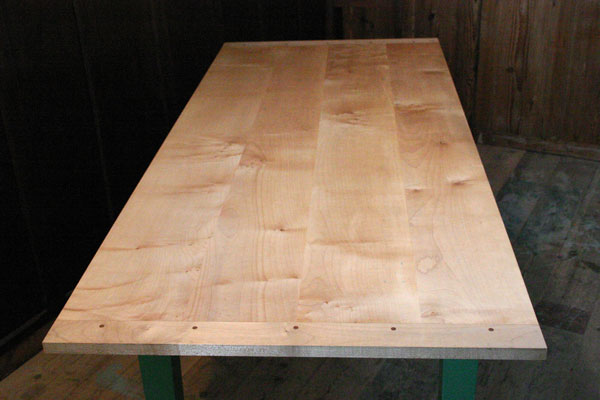Hello,
I'm fitting breadboard ends on a table top on 40mm oak its about 950 x 850 the BB is for the 850 side.
My questions are.
1. I watched Cutting Edge WW the other day ( glazed sideboard ) on his BB end he used a loose tongue and polyurethane glue right accross the whole width on 50mm oak :shock: I thought this was a no no as it won't account for movement?
2. Does anything determine the width of the breadboard end, or is it aesthetic ?
3. What's the quickest / easiest way of doing it
Cheers
Jed
I'm fitting breadboard ends on a table top on 40mm oak its about 950 x 850 the BB is for the 850 side.
My questions are.
1. I watched Cutting Edge WW the other day ( glazed sideboard ) on his BB end he used a loose tongue and polyurethane glue right accross the whole width on 50mm oak :shock: I thought this was a no no as it won't account for movement?
2. Does anything determine the width of the breadboard end, or is it aesthetic ?
3. What's the quickest / easiest way of doing it
Cheers
Jed





